Malco Tools, one of the nation’s leading solution developers and manufacturers of a variety of high-quality tools for the HVAC and building construction trades, has been named a 2024 Minnesota Manufacturing Award winner from the Minneapolis/St. Paul Business Journal. For the second time since 2018, Malco has been named Manufacturer of the Year in the medium-sized Read more
HVAC
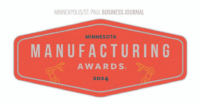
Malco Tools, one of the nation’s leading solution developers and manufacturers of a variety of high-quality tools for the HVAC and building construction trades, has been named a 2024 Minnesota Manufacturing Award winner from the Minneapolis/St. Paul Business Journal.
For the second time since 2018, Malco has been named Manufacturer of the Year in the medium-sized business category. The awards celebrate the successes and contributions of leading manufacturers to the region’s economy.
Malco, which employs 150+ associates at its plant in Annandale, is a 100% employee-owned employee stock ownership plan (ESOP) company. Malco aims to be a destination company in central Minnesota and has made many significant positive changes to the business to achieve this goal, including setting new company core values and an internal “Look Good, Feel Good, Do Good” campaign to renovate workspaces, promote employee collaboration and wellbeing, and give back to the community.
Since its last Manufacturer of the Year award win, Malco has welcomed a new leadership team and strategic board members focused on driving measured and strategic growth, and strengthening the brand as it expands its product lines.
“Earning this recognition is such an honor, and an amazing way to celebrate the entire team’s work over the years to strengthen our internal culture, improve processes and bring in strategic experts to help guide our growth, all while maintaining our commitment to developing and manufacturing the highest quality tools for skilled trade pros,” said Rich Benninghoff, president and CEO at Malco. “We are immensely proud to once again be recognized among the leading manufacturers in the state of Minnesota who are doing fantastic work and promoting our local manufacturing industry.”
Malco is also a strong advocate for trade careers, donating significant quantities of in-kind products and apparel annually to national skilled trade education programs, competitions and events. Malco has also reached 85,000+ vocational students through its national “Head of the Class” Student Recognition Program, partnering with educators to recognize high-potential students and entire graduating classes in the trades.
Malco celebrates a safety-first culture, continuously maintaining its OSHA Safety and Health Achievement Recognition Program (MNSHARP) recognition since 2004, and earning the Minnesota Safety Council’s Governor’s Safety Award 13 times in the last 20 years.
Additionally, Malco is transitioning to environmentally-friendly recyclable packaging materials with significantly less plastic, reducing waste, conserving resources, and lessening its environmental impact.
Malco will be profiled in the July 19 issue of the Minneapolis/St. Paul Business Journal, and more information about the award can be found here.
For more information about Malco Tools, visit www.malcotools.com.
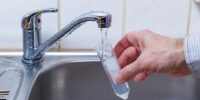
Ontario, Calif. — With the U.S. Environmental Protection Agency (EPA) issuing the first national drinking water standards for per- and polyfluoroalkyl substances (PFAS), the International Association of Plumbing and Mechanical Officials (IAPMO®) continues to lend its expertise and leadership to helping manufacturers and the industry navigate the changes and ensure a seamless transition. IAPMO’s subject Read more
Ontario, Calif. — With the U.S. Environmental Protection Agency (EPA) issuing the first national drinking water standards for per- and polyfluoroalkyl substances (PFAS), the International Association of Plumbing and Mechanical Officials (IAPMO®) continues to lend its expertise and leadership to helping manufacturers and the industry navigate the changes and ensure a seamless transition.
IAPMO’s subject matter experts will participate on committees and working groups for numerous relevant standards, including NSF/ANSI/CAN 61: Drinking Water Components — Health Effects; NSF/ANSI 53: Drinking Water Treatment Units — Health Effects; NSF/ANSI 58: Reverse Osmosis Drinking Water Treatment Systems; and ASSE LEC 2006: Point of Entry Reverse Osmosis Systems. IAPMO strongly encourages manufacturers of applicable products to join the process to ensure their voices are heard as these important standards are updated. The EPA has provided a fact sheet on home filters to reduce PFAS levels.
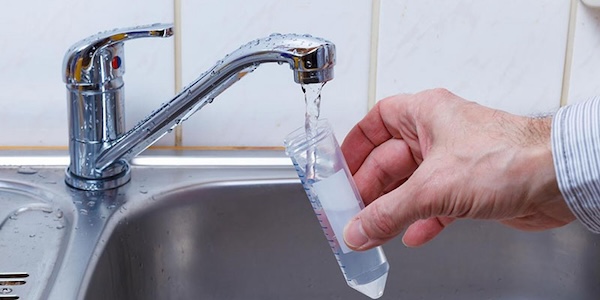
In addition, IAPMO has published documents with vital information plumbing and product manufacturers need to know before the restrictions become mandatory, including an overview of the standards development process and how to get involved. There is also an opportunity to sign up for notifications about committees and updates. The information is available at https://iapmort.org/pfas-compliance-guide.
“The EPA rule means five PFAS chemicals will be added to the pass/failure requirements in the NSF/ANSI 61 standard. It’s a significant change,” IAPMO Chief Technical Services Officer Tom Palkon said. “IAPMO R&T is already equipped to provide testing to standards that govern products that may be affected by this new rule. We welcome questions and concerns from manufacturers that seek clarity.”
Exposure to PFAS, also known as “forever chemicals,” has been linked to an increased risk of certain types of cancers, impacts to the immune system and thyroid, and reproductive and developmental effects.
This final rule represents the most significant step to protect public health under EPA’s PFAS Strategic Roadmap. The final rule will reduce PFAS exposure for approximately 100 million people, prevent thousands of deaths, and reduce tens of thousands of serious illnesses. The announcement complements President Biden’s government-wide action plan to combat PFAS pollution. This Final Rule will impact more than 66,000 public water systems by 2027, these public water systems must monitor and provide three years of initial monitoring. By 2029, these systems will have five years to implement solutions to reduce PFAS, and these systems where drinking water violates one of more MCLs must take action and must notify the public of the violation.
The rule establishes legally enforceable levels for several PFAS known to occur individually and as mixtures in drinking water. It sets limits for five individual PFAS: PFOA, PFOS, PFNA, PFHxS, and HFPO-DA (also known as “GenX Chemicals”), as well as a limit for mixtures of any two or more of four PFAS: PFNA, PFHxS, PFBS, and “GenX chemicals.” By reducing exposure to PFAS, this final rule will help advance public health and safety.
The EPA’s free Water Technical Assistance program (WATERTA) is providing support and access to federal funds of underserved and disadvantaged communities to comply with the new Rule. The EPA also will offer a free webinar April 30 on various aspects of the Final Rule.
Manufacturers have long trusted IAPMO R&T for its foresight in assisting them to meet the dynamic legislative demands on their water treatment products, faucets, valves, fittings and other products that contact drinking water. IAPMO R&T has been certifying products to be in compliance with standards governing their use since 1936.

As part of a steadfast commitment to world-class learning, coaching, and development within the home services industry, Minnesota-based Nexstar Network has upgraded their corporate headquarters relocating from downtown St. Paul to Bloomington, Minn. Nexstar’s new headquarters is spacious and light-filled; it features the Frank J. Blau, Jr. Training Center, a state-of-the-art learning destination, as well Read more
As part of a steadfast commitment to world-class learning, coaching, and development within the home services industry, Minnesota-based Nexstar Network has upgraded their corporate headquarters relocating from downtown St. Paul to Bloomington, Minn. Nexstar’s new headquarters is spacious and light-filled; it features the Frank J. Blau, Jr. Training Center, a state-of-the-art learning destination, as well as free covered parking and onsite security. Just minutes from the MSP airport and the Mall of America, this centralized location is close to numerous acclaimed restaurants, high-end shopping, and green spaces.
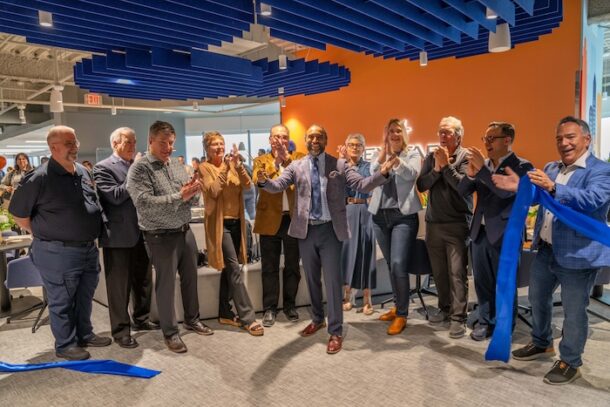
Julian Scadden, Nexstar Network President and CEO, joins with Nexstar members, leadership and VIPs during the ribbon cutting celebration at Nexstar Network’s Open House event.
Nexstar recently hosted a grand opening celebration to officially open the doors to their destination HQ. More than 100 Nexstar members, VIPs, Strategic Partners, and employees attended the celebration.
Of the new headquarters, Julian Scadden, Nexstar President & CEO, says, “We serve a membership that is built on in-person relationships. We are proud to have a space where our staff can connect with each other and our members in service to our mission to turn the world’s best tradespeople into the world’s best businesspeople.”
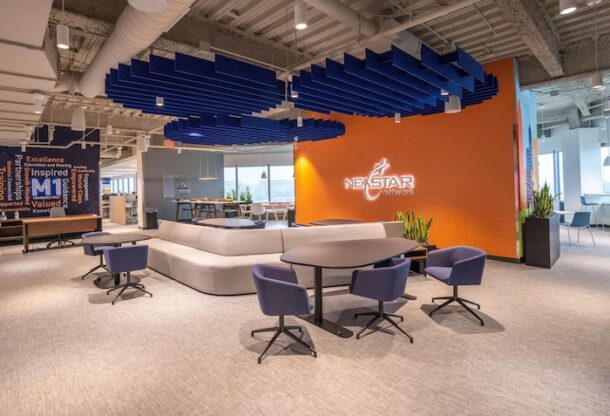
Nexstar Network hosted an Open House celebration to welcome members, strategic partners, current and former employees, industry VIPs, community leaders, and neighbors to their new headquarters and training location.
Designed to host Nexstar members and Strategic Partners in a welcoming space when they’re in the Twin Cities to network and train, the upgraded headquarters offers a collaborative, flexible, and productive workspace for Nexstar employees.
“We are excited to welcome our members “home” to our new headquarters,” says Carrie Fraser, Vice President of Operations. “Connecting members and providing top-tier, participant-centered training is core to who we are and the value we provide for our members.”

Leading provider of Denver home services continues massive growth with expansion of services High 5 Plumbing, Heating & Cooling, a family-owned and operated home service company serving residents in the greater Denver metropolitan area, announced today the expansion of services as the leading plumbing company in the area will begin offering HVAC services on April Read more
Leading provider of Denver home services continues massive growth with expansion of services
High 5 Plumbing, Heating & Cooling, a family-owned and operated home service company serving residents in the greater Denver metropolitan area, announced today the expansion of services as the leading plumbing company in the area will begin offering HVAC services on April 29.
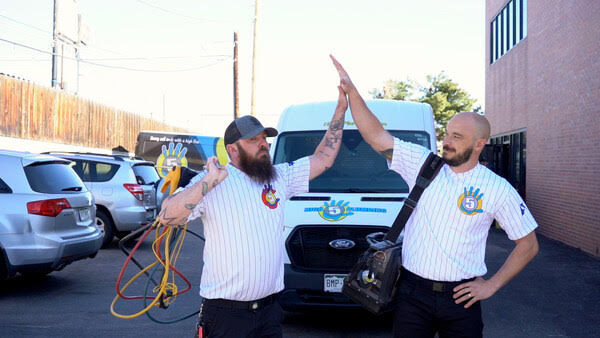
High 5 Plumbing, Heating & Cooling will begin offering HVAC.
“High 5 has been offering quality plumbing and drain services for more than a decade, and we’re always looking for ways to add value for our customers and our community,” said Levi Torres, co-owner of High 5. “We brought in experienced HVAC technicians to help lead this division, and we’re excited to roll it out. Our new service manager, Isaac Jonsgaard, has been offering expert HVAC services to the area for several years now, and he’s the perfect person to lead this new endeavor.”
The new service offerings come after a year of explosive growth for the home service provider. In September 2023, High 5 moved into a new facility in Golden, Colorado, which will feature a 1,500-square-foot training room. Earlier in the year, High 5 landed on the Inc. 5000 list of fastest growing businesses in America for the second year in a row. The company was also ranked as one of the fastest growing businesses in Denver by the Denver Business Journal and a top family-owned business by ColoradoBiz Magazine.
“Since opening High 5, we’ve had lofty goals and even bigger dreams,” said co-owner Cassi Torres. “And we keep achieving them. We’ve seen amazing growth since opening our doors in 2012, and we know there are even greater things ahead. The sky’s the limit.”
To learn more about High 5 Plumbing, Heating & Cooling, visit https://high5plumbing.com/.
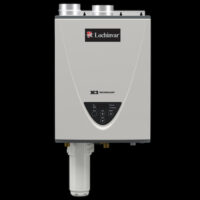
Lochinvar announces the launch of its XCalibur™ Condensing High Efficiency Tankless Water Heaters with X3® Scale Prevention Technology. Bringing to market new premium features, including an integrated recirculation pump and patented heat exchanger; enhanced installation flexibility and high efficiency performance, the XCalibur tankless water heater supports busy contractors and homeowners. Available in 160,000-; 180,000-, and Read more
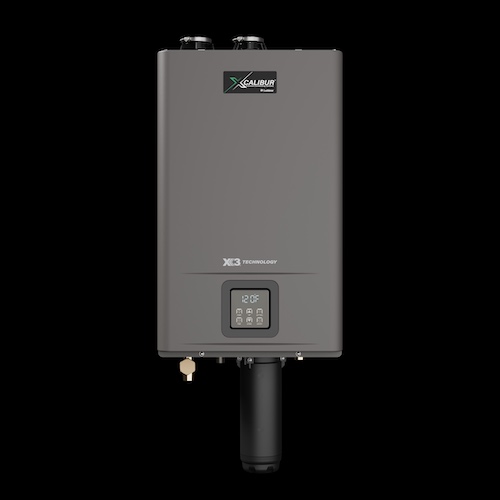 Lochinvar announces the launch of its XCalibur™ Condensing High Efficiency Tankless Water Heaters with X3® Scale Prevention Technology. Bringing to market new premium features, including an integrated recirculation pump and patented heat exchanger; enhanced installation flexibility and high efficiency performance, the XCalibur tankless water heater supports busy contractors and homeowners.
Lochinvar announces the launch of its XCalibur™ Condensing High Efficiency Tankless Water Heaters with X3® Scale Prevention Technology. Bringing to market new premium features, including an integrated recirculation pump and patented heat exchanger; enhanced installation flexibility and high efficiency performance, the XCalibur tankless water heater supports busy contractors and homeowners.
Available in 160,000-; 180,000-, and 199,000-BTU/hr units and a Uniform Energy Factor (UEF) of 0.95, the XCalibur line of premium tankless water heaters fits a variety of installation needs. Patented X3 Scale Prevention Technology comes standard on three XCalibur models. Other models are available with X3 Technology as an optional accessory. X3 Scale Prevention Technology inhibits scale build-up and corrosion to extend the life of the unit up to three times longer. The XCalibur tankless water heater requires zero lifetime descaling maintenance, meeting the needs of busy contractors and homeowners. XCalibur units also qualify for state and local rebates and are ENERGY STAR®certified.
“With every product we offer, Lochinvar advances the technology and features available to contractors to improve their day-to-day life, and the XCalibur does just that,” said Lochinvar Senior Product Manager Rhea-Anne Pendley. “Thanks to its installation flexibility and X3 Scale Prevention Technology, contractors can now directly address a homeowner’s needs. Contractors no longer have to return to their wholesaler for a different unit or return to a jobsite for scale maintenance—saving time and money.”
To enhance installation flexibility, the XCalibur line offers two- and three-inch dual pipe direct venting, ½- and ¾-inch gas line options and universal indoor/outdoor installation. The unit is designed so it can be converted from natural gas to liquid propane in the field with the included kit. All of these features work together to provide plumbing professionals with exceptional installation flexibility when working in the field. Plumbers now have a unit that conforms on the spot to fit their needs, regardless of install location, fuel type or existing venting.
XCalibur tankless water heaters also include several high-end features frequently requested by homeowners, including Wi-Fi capability for remote monitoring and peace of mind and an integrated recirculation pump that provides instant hot water and eliminates the time homeowners typically spend waiting at their fixture for water to heat up.
To learn more about Lochinvar’s XCalibur Condensing High Efficiency Tankless Water Heater with X3 Scale Prevention Technology, visit www.Lochinvar.com or XCalibur™ Condensing High Efficiency Tankless Water Heaters with X3® Scale Prevention Technology.
